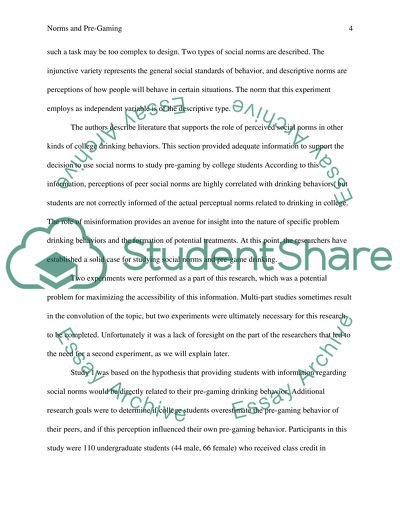Cite this document
(“REVIEW assessment for Health, Psychology & Social Context Essay”, n.d.)
Retrieved from https://studentshare.org/psychology/1582382-review-assessment-for-health-psychology-social-context
Retrieved from https://studentshare.org/psychology/1582382-review-assessment-for-health-psychology-social-context
(REVIEW Assessment for Health, Psychology & Social Context Essay)
https://studentshare.org/psychology/1582382-review-assessment-for-health-psychology-social-context.
https://studentshare.org/psychology/1582382-review-assessment-for-health-psychology-social-context.
“REVIEW Assessment for Health, Psychology & Social Context Essay”, n.d. https://studentshare.org/psychology/1582382-review-assessment-for-health-psychology-social-context.


